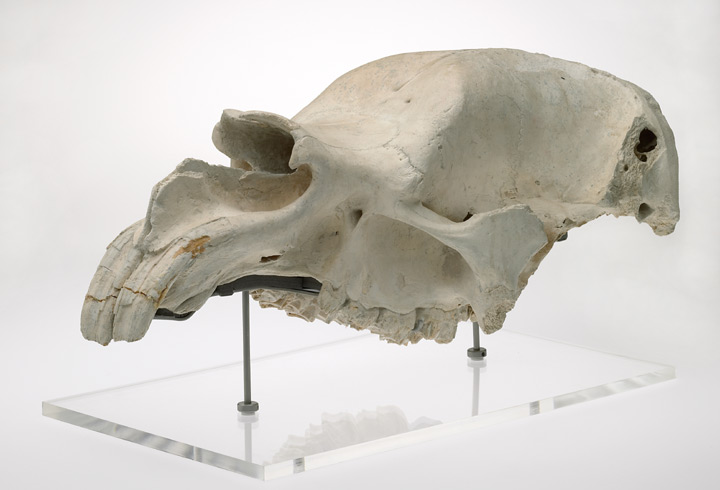 Diprotodon fossil skull
Diprotodon fossil skull
TLF ID R6882
This is a colour photograph of a fossil skull of 'Diprotodon optatum'. It is a museum specimen and has been mounted on a frame.
 Diprotodon fossil skull
Diprotodon fossil skull
TLF ID R6882
This is a colour photograph of a fossil skull of 'Diprotodon optatum'. It is a museum specimen and has been mounted on a frame.
